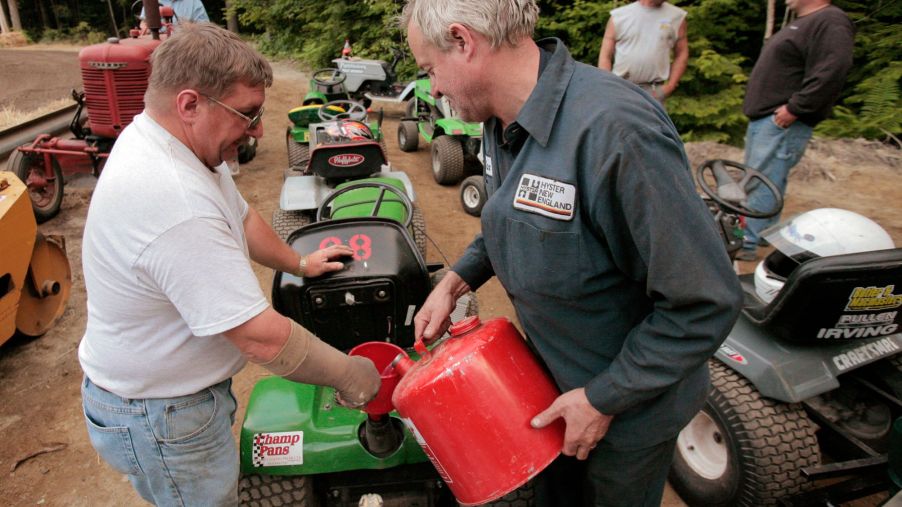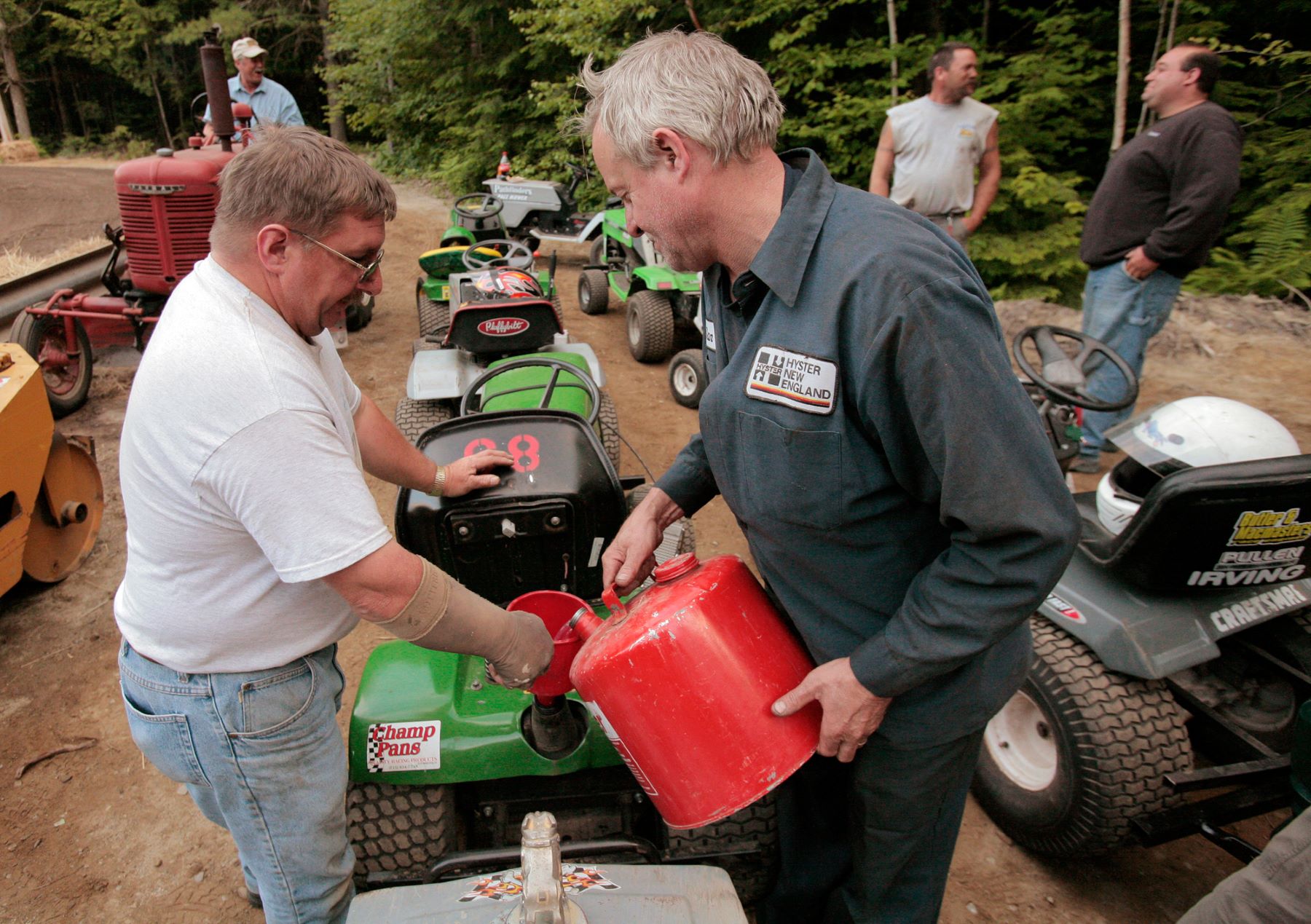
Lawn Mower Won’t Start? Check out Bob Vila’s 5 Easy Fixes for Stubborn Mowers
As spring temperatures warm up and the grass grows, many people are getting their lawn mowers out of storage for the first time this year. However, after a long winter in storage, your lawn mower may not start. Luckily, Bob Vila offers these five tips for fixing a lawn mower that won’t start.
Help, my lawn mower won’t start

Bob Vila is an icon of old houses with a wealth of knowledge concerning all things associated with home maintenance. So, when he shares his DIY tips for fixing a lawn mower that won’t start, it’s worth checking out. Most of these fixes apply to gasoline-powered lawn mowers, but a couple of them could get your electric mower back in action too.
1. Clean or replace filters
A gasoline-powered lawn mower needs three things to run: fuel, air, and a spark. Air enters the lawn mower’s system through the air filter, removing grass clippings and dust to provide clean air to the carburetor.
Ideally, you should clean foam air filters or replace paper air filters every 25 hours of engine operation as a dirty air filter restricts airflow and can cause starting problems. Any time you work on your lawn mower, safety is critical. Disconnect the spark plug wire from the spark plug and keep it separate from the plug. If you have multiple spark plugs, disconnect them all but keep track of where each wire goes.
Additionally, make sure to wear gloves, as they will protect your hands from sharp corners and harmful chemicals, like motor oil.
Cleaning a foam filter is easy, but removing them from the mower is the most challenging part. If you’re having trouble finding the air filter, trace the fuel line from the gas tank to the carburetor, and it should be close. Depending on your model, you may need a screwdriver, or it might have clips holding it in place.
Pull out the dirty foam filter and knock off any loose debris, then wash it in a grease-cutting dish soap and water solution by repeatedly squeezing it to flush the mixture throughout the foam filter. Once it’s clean, rinse it in plain water, then allow it to air dry thoroughly. Finally, spread a little (about a tablespoon) clean motor oil on the clean, dry filter before reinstalling it.
If your lawn mower has a fuel filter, change it annually.
Before you leave to buy new filters, write down or take a picture of your mower’s model and serial numbers. To find these, look for a tag on the lawn mower body. Also, there’s a separate one on the engine. You may need both.
2. Check the spark plug
Most push-type lawn mowers have a spark plug at the front of the engine. Sometimes you’ll see a bit of the plug’s white body not covered by the spark plug wire cap. First, check that the spark plug wire cap is securely seated on the spark plug. If it isn’t, push it on tight and try to start your lawn mower again.
If it still won’t start, pull the plug wire off and remove the spark plug with an appropriate socket wrench. If the spark plug end has a dry black crust, black sludge, or rust, you can try to clean it with brake cleaner and an old toothbrush or take it with you to buy a new one. Be careful not to overtighten the spark plug when you reinstall it.
3. Check the engine control cable
The engine control cable runs from a lever on a push mower’s handle to the engine. The lever prevents the mower from running when released as a safety precaution. Pull the lever to the run position and release it while looking at the end attached to the engine. If the cable activates the mechanism smoothly, it’s working correctly. If not, it needs replacing. Electric lawn mowers have the same type of safety device, but they may look different.
4. Clean out underneath the mower deck
If the underneath side of the mower deck is clogged with old grass clippings, they might interfere with the mower blade as the mower tries to start. It’s a good idea to clean out this area each time after mowing, but it’s a chore often overlooked. This condition can keep an electric mower from running as well.
5. Runs for a minute, then dies? Try a new fuel cap
Lawn mower gas caps have one-way vents built into them that allow air to enter as the fuel level lowers but prevent fuel from splashing out. Often the vent becomes plugged during prolonged storage and restricts airflow into the fuel tank, stopping the flow of fuel to the engine. The result is often an engine that starts and runs for a minute or two but then dies. In the few seconds it takes to get into position to restart, the system recovers and allows enough fuel for another moment of operation.
Bonus tip: Make sure it has fuel
Always check to make sure your gas tank is full of fresh fuel and fully charge your electric mower battery.
Quick start checklist for your lawn mower
If your lawn mower won’t start after sitting in storage all winter, check these things:
- Fresh fuel or charged battery
- Clean or new air and fuel filter
- Check the spark plug wire connection and the spark plug
- Check the engine control cable
- Clean under the mower deck
- Replace the fuel cap if the mower runs a bit and then dies
Hopefully, these tips will save you from a trip to the repair shop. Repair shops are not only expensive, but they are also very busy at the start of the mowing season, and they may have to keep your lawn mower longer than you’d like.



